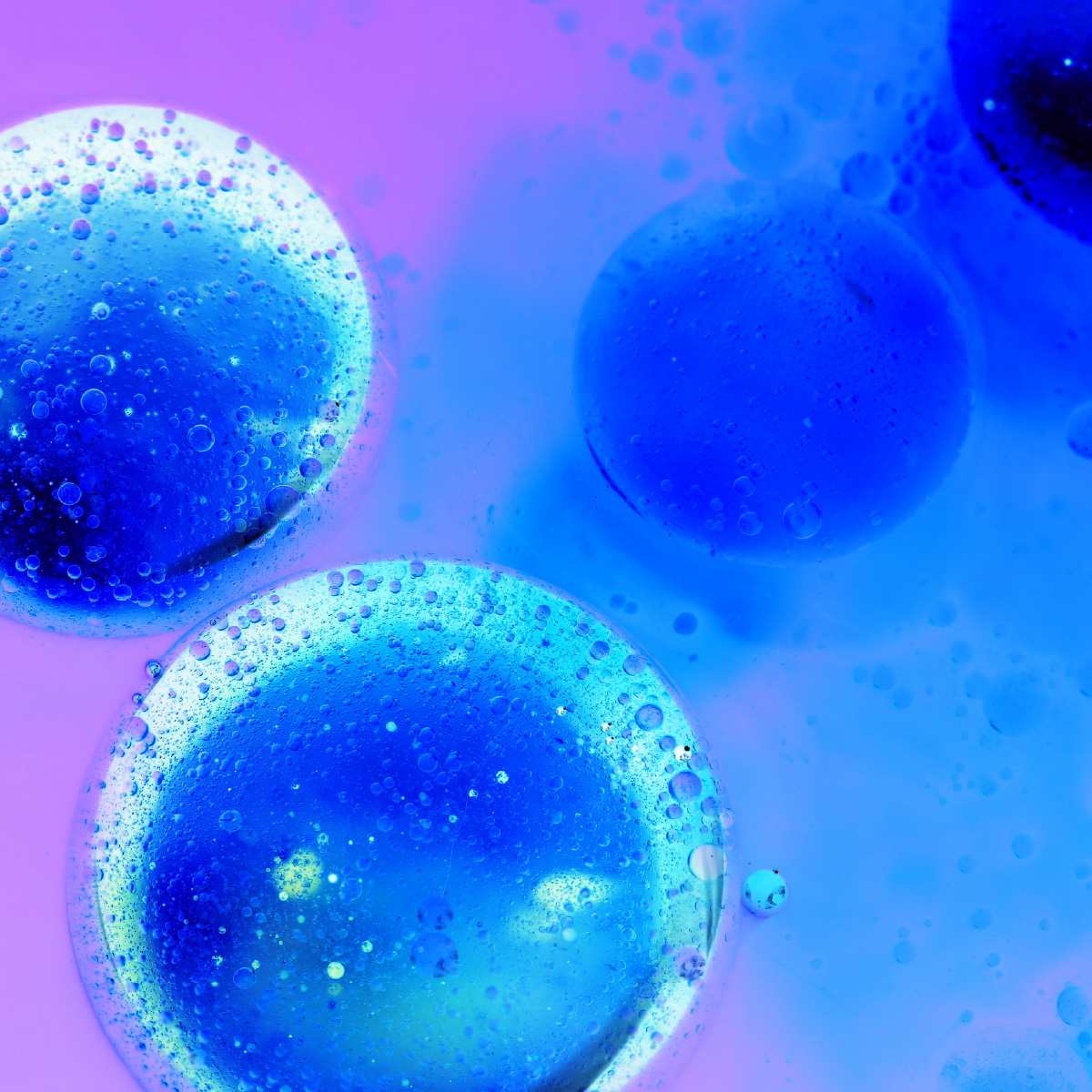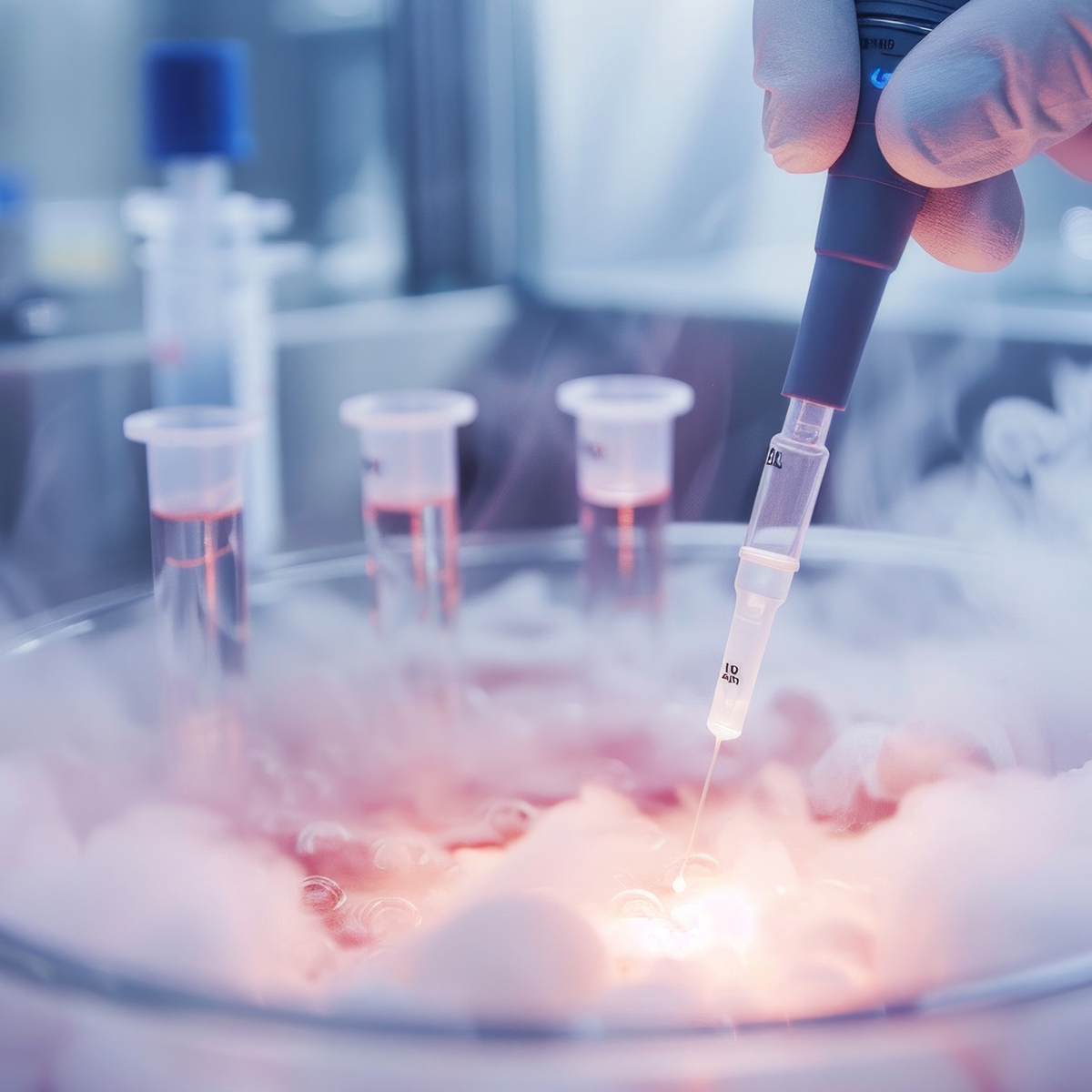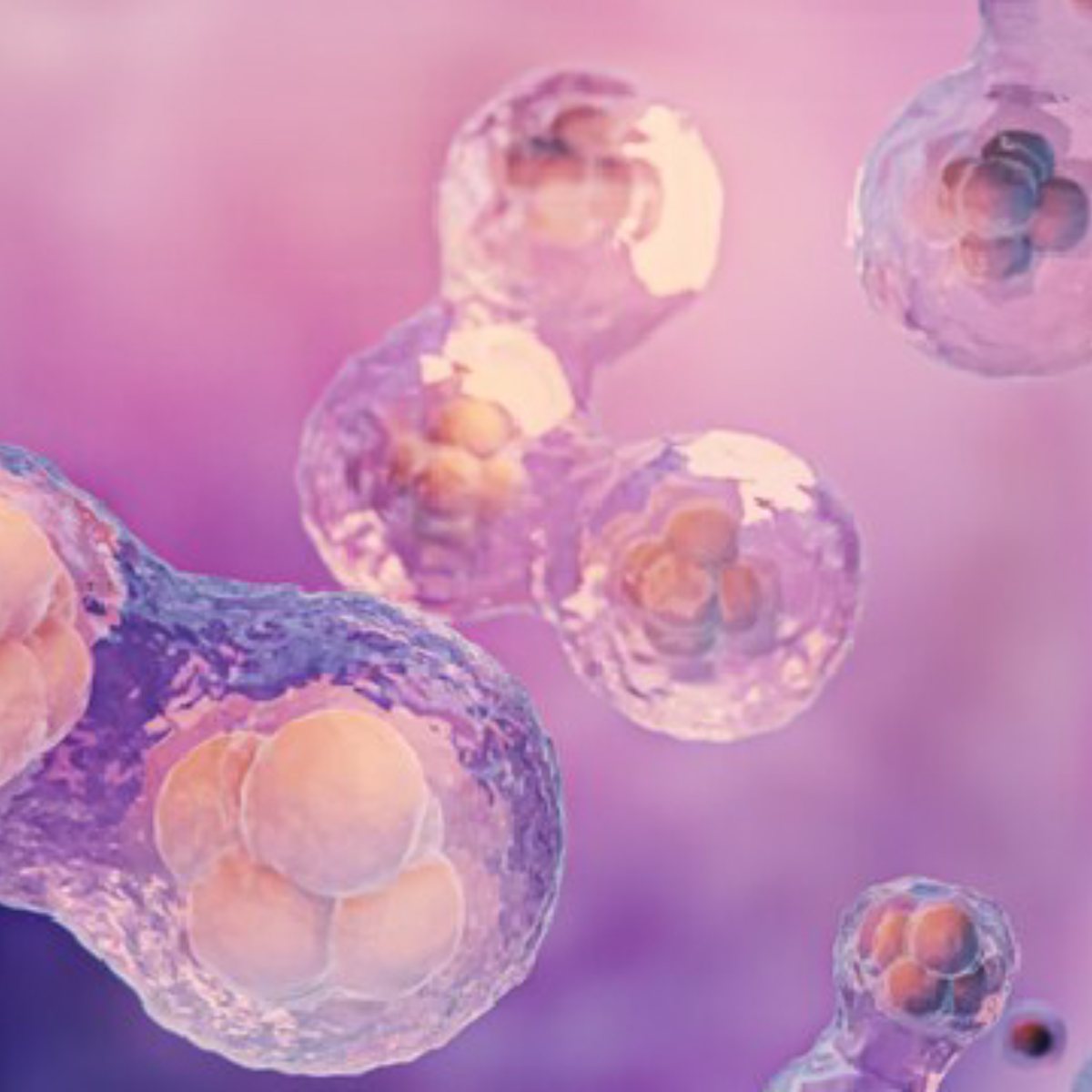Why Cord Blood Stem Cells Matter in Real Clinical Medicine?

Let’s not dress it up too much: cord blood is not just some leftover fluid from delivery. It is one of the richest sources of hematopoietic stem cells we can get without invasive surgery or complex donor matching. This blood, which stays inside the umbilical cord and placenta after birth, contains all the regular components you find in adult blood: red cells, white cells, platelets, plasma, but what makes it clinically potent is what you cannot see: stem cells.
These stem cells are capable of producing every blood cell lineage the body needs. That includes all the major white cell types, red cells, and platelets. And when I say "capable," I mean they literally reprogram the patient’s blood system from scratch after marrow is wiped out by chemo or radiation.
But cord blood stem cells are not just another source of hematopoietic rescue. They are showing potential in giving rise to over two hundred different types of specialized cells. We are talking about early-stage cells that can participate in bone regeneration, blood formation, and potentially much more. That kind of plasticity makes them central to both cancer treatment and experimental regenerative therapy.
Clinical Evidence on the Use of Cord Blood Stem Cells in Disease Treatment
We are well past theory here. The clinical literature is packed with case reports, trials, and long-term data. Right now, cord blood stem cells are actively used in treating around eighty different diseases. That includes a wide range of hematological and lymphatic disorders, from sickle cell anemia and thalassemia to Fanconi anemia and some leukodystrophies like adrenoleukodystrophy.
Researchers are not just stopping at hematology. Active trials are pushing boundaries into diabetes, immunodeficiency syndromes, and even autoimmune diseases like lupus. Cancer remains a major focus, of course, but these cells are now being explored for their role in organ and tissue repair as well.
Let me put it this way. If you are trying to repair immune damage or rebuild hematopoiesis after aggressive chemotherapy, there are few sources as viable and flexible as cord blood.
Ongoing work is looking at cerebral palsy, autism, and even post-stroke or brain injury recovery. Early-stage studies show that when cord blood stem cells are paired with neurorehabilitation in children with CP, motor improvements are slightly better than rehab alone. Is it definitive yet? No. But are we ignoring it? Also no.
And don't overlook this: cord blood-derived mesenchymal stem cells, found in cord tissue, are now in trials for osteoporosis, myocardial infarction, and other forms of degenerative tissue damage.
What Are the Unique Advantages of Cord Blood Stem Cells?
Here’s what sets cord blood stem cells apart from bone marrow or peripheral blood sources, and why more researchers and clinicians are turning to cord blood banking.
- Simple, safe collection: There is no need for surgical intervention or anesthesia, and the process poses zero risk to mother or baby. The collection happens after delivery and does not interfere with the birth itself.
- Better availability of matches: Even when full HLA compatibility is not possible, cord blood often works effectively because of its immunological flexibility. This increases transplant access for patients from mixed or underrepresented genetic backgrounds.
- Immediate availability: Since cord blood is stored and ready to use, there are no delays due to donor searches or last-minute cancellations. This speed can be crucial when time-sensitive treatment decisions are being made.
- Lower risk of graft-versus-host disease: The likelihood of severe immune complications post-transplant is reduced with cord blood, which is particularly important for patients with fragile immune systems or no access to perfect donor matches.
These are not trivial benefits, in fact, these are clinical realities that can change patient outcomes in serious ways.
Who Can Use Stored Cord Blood for Medical Treatment?
The most common question families ask is: who will actually use these cord blood cells? And the answer depends on both genetic matching and the nature of the disease being treated.
- The Baby
The baby is a perfect match to their own cord blood. That matters if we're talking about future regenerative therapies or non-genetic disorders. However, in cases involving inherited conditions, autologous use of the cord blood may not be clinically appropriate.
- A Sibling
A full sibling has a 25% chance of being a perfect match and a 50% chance of being a partial match. In real-world transplant settings, siblings are often the first candidates screened for donation, especially in childhood cancers or marrow failure syndromes.
- Other Family Members
It’s possible, but less likely. Compatibility drops as genetic distance increases. That said, it’s not out of the question, especially if partial matching is acceptable and the graft is processed to reduce immune reactivity.
Ultimately, a transplant physician will make the final call, based on disease type, urgency, and match quality. Storage is about creating the option. Use depends on clinical need.
The Future of Cord Blood: Why Preservation Still Matters
Here's the thing. Nobody knows exactly where stem cell therapy is going in ten or twenty years. But we do know this: preserving high-quality cord blood and cord tissue now keeps your options open. We are already seeing experimental therapies in spinal cord injury, Alzheimer’s, and even heart failure using stem cell models.
No one is saying it is guaranteed. But if we are betting on any cell type being part of that future, cord-derived stem cells are at the top of the list. They are young, they are flexible, and they come with fewer complications than any adult donor program ever could.
When it comes to cord blood banking, speculation should not guide your decision. The science is established, trials are already happening, and the clinical pathways exist now.
But preservation is only as good as the infrastructure supporting it. Your provider must use validated collection kits. The cryopreservation process should be medically certified. And the storage facility must meet international standards, not just domestic regulation.
Instead of accepting what is marketed, take time to ask specific questions about laboratory accreditation, long-term viability protocols, and sample retrieval timelines. These are the factors that matter when stored material needs to become treatment-grade stem cells.
Final Words
If you are serious about safeguarding options for future regenerative or transplant therapies, then you owe it to your family to make an informed decision. Cryoviva has built its reputation not on promises but on protocols: real, validated methods for collecting, preserving, and protecting stem cells at clinical quality.
We are not simply storing cells, as we are supporting the biological futures those cells may be part of. If you want science to remain an option in your child’s future, start by placing that science in hands that understand exactly what they are doing.














 Enquiry
Enquiry
 Email
Email Phone
Phone
 Whatsapp
Whatsapp